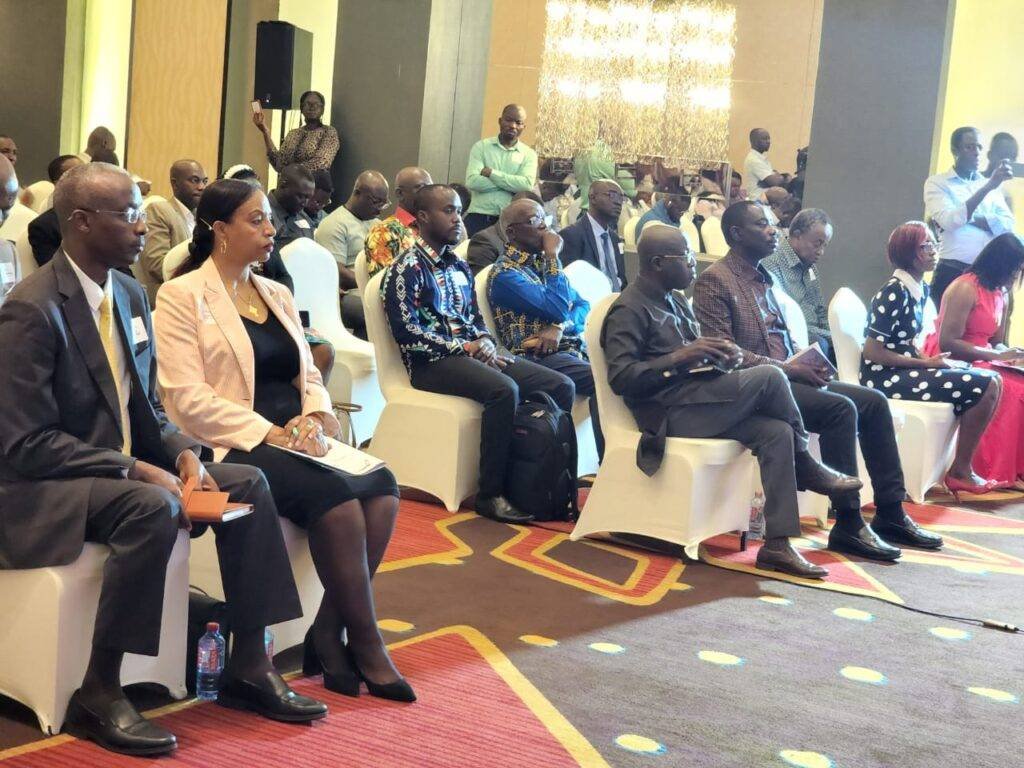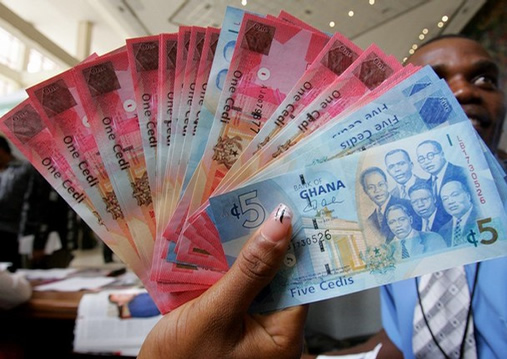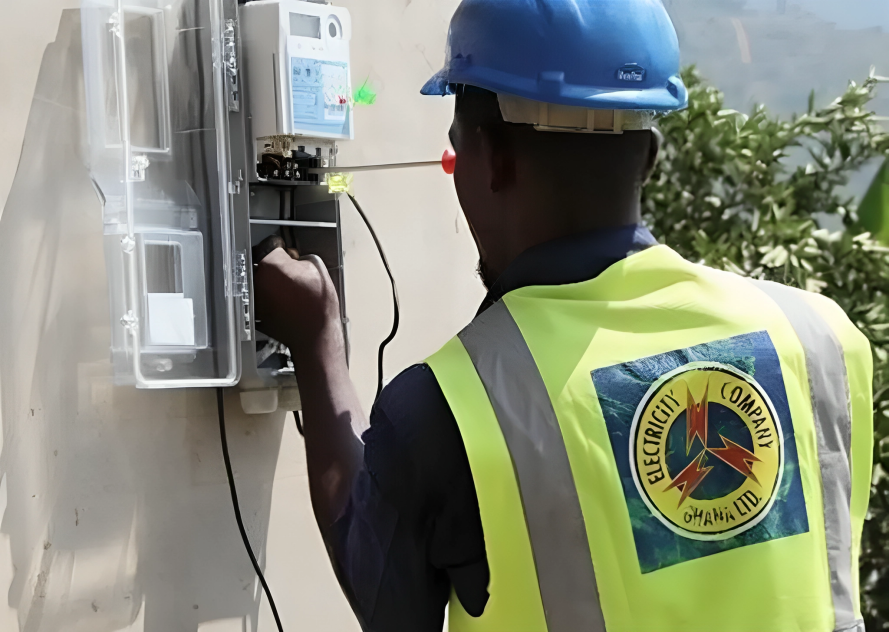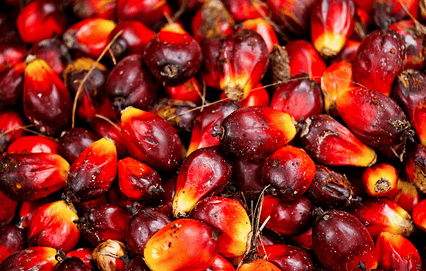
The Centre for Economic Research and Policy Analysis (CERPA) has released a new policy brief examining the recent appreciation of the Ghanaian cedi, one of the most notable currency movements in global financial markets this year.
The analysis explores the drivers behind the cedi’s upward trend, its economic impact, and policy considerations needed to sustain stability and resilience.
A Currency on the Rebound
From being among the four worst-performing currencies in Sub-Saharan Africa in 2024, the Ghanaian cedi has reversed course in 2025 to become the best-performing currency globally, appreciating by nearly 16% against the US dollar.
This remarkable turnaround, as observed by CERPA, stems from a confluence of domestic policy reforms, improved export earnings, and favorable global conditions.
According to CERPA, key drivers of the Cedi’s appreciation includes:
- Gold Reserve Accumulation: The Bank of Ghana increased its gold reserves by 40.6% from May 2024 to April 2025, boosting reserve adequacy and market confidence.
- Improved Fiscal Discipline: Government efforts to reduce expenditures, eliminate distortionary taxes, and remain committed to IMF reforms have reinforced investor trust.
- Higher Export Revenues: Rising global prices of gold and cocoa have significantly increased foreign exchange inflows, particularly through formalized small-scale mining.
- Debt Servicing Suspension: The pause in external debt repayments has temporarily reduced forex outflows.
- External Factors: A weakening US dollar has helped ease global exchange rate pressures on the cedi.
CERPA’s analysis lays out the implications of the Cedi’s performance on Ghana’s Economy. Which includes:
- Price Stability: The currency’s strength has helped reduce inflationary pressures, with inflation declining from 23.8% in December 2024 to 21.2% in April 2025.
- Improved Debt Servicing: A stronger cedi reduces the local currency cost of repaying external debt, easing fiscal burdens.
- Investor Confidence: The appreciation supports foreign reserve accumulation and sends positive signals to investors.
- Support to Real Sector: Lower T-bill rates and reduced currency speculation may incentivise lending to productive sectors.
Potential Trade-offs
While the appreciation has delivered welcome macroeconomic relief, CERPA cautions that it may also dampen export competitiveness and increase preference for imports. The imposition of a 10% U.S. tariff on Ghanaian exports could further erode the competitiveness of local products.
Policy Recommendations
To build on this momentum, CERPA recommends the following:
- Maintain fiscal discipline and credibility to support long-term stability.
- Incentivise reinvestment of foreign profits to ease pressure on forex markets.
- Promote import substitution through industrial and agricultural support.
- Strengthen the gold purchase programme to bolster reserve backing.
- Implement targeted monetary policies to contain inflation.
- Attract sustainable FDI and diversify exports to boost forex earnings.
CERPA concludes that while the appreciation of the cedi is encouraging, sustaining this trend will require consistent, coordinated economic policy actions and strategic investment in export-led growth and domestic production.
Read the full policy brief here:
About CERPA
The Centre for Economic Research and Policy Analysis (CERPA) is a leading independent think tank committed to rigorous economic research and practical policy solutions aimed at fostering inclusive and sustainable development in Ghana and across Africa.
The post CERPA analyses the cedi’s appreciation: Durable momentum or passing phase? appeared first on The Business & Financial Times.
Read Full Story


















Facebook
Twitter
Pinterest
Instagram
Google+
YouTube
LinkedIn
RSS